Vim: energy and enthusiasm.: Vigor: mental and moral strength. Virtualocity: The ability to move about among faces and places for learning opportunities. With vim and vigor, I can always go there, without leaving my chair and absorb things to share. I don’t forget diet and exercise, spiritual imperfection, and knowing real recovery.
Homelessness is an everlasting and baffling problem nationwide, with few answers. We have softened the language to saying the homeless problem is about the “housed and unhoused.” In a recent LA Times article, Soledad Ursula, writing for the California Peace Coalition, said that first, attention must be given to those homeless having problems with drug addiction and untreated severe mental illness. There is need for a statewide funding of, among other things, recovery support services and medically assisted treatment. All to be provided by outpatient and residential care facilities. California’s CCAPP supports Recovery Residences. There is hope and funding for solutions.
I also saw a recent headline in the Times OC that said, Center of Hope to offer services, pathway. Breaking ground January 31, a Salvation Army Project looks to integrate homeless people back into the community. The campus will include an emergency shelter, 72 bed supportive housing facility, a wellness center, a 175 bed drug and rehabilitation facility, and a research and innovation center. They have always been an Orange County asset.
I recall from my years with Faces and Voices of Recovery and State RCOS, examples of sober living models. Early on I met two of the founders of models that work. Paul Malloy, Oxford House, and Jay Davidson, The Healing Place. Jay is author of the book, Miracle on Market, the Healing Place story. I recently saw virtual presentations on both. I experienced the Oxford House success in Colorado. Just Google them for stories of hope, help, and recovery.
The first Oxford House was opened in Silver Spring, Maryland in 1975 by Paul Molloy. They chose the name Oxford House in recognition of Oxford Group, a religious organization that influenced the founders of AA. As reported, there are over 3,200 Oxford Houses, operating under the Oxford House Model. In the United States and other countries. Each house is based on three rules: No use of drugs or alcohol and no disruption, and the house must be run democratically. That makes them, very good neighbors. They are self-sustaining sober houses utilizing the Oxford House model. Diverse, with men, women, some women with children. During 2021 more than 50,000 individuals lived in the Oxford House network and more than 80% stayed sober.
Jay Davidson shares his experiences and thoughts about the residential, long-term, social model recovery program he created as co-founder of The Healing Place. A model hopefully sustained and maintained long after he is gone. The program has been proven to be effective. The Healing Place was recognized as a “Model That Works” by the United States Department of Health and Human Services. The Healing Place model has been replicated in 14 Recovery Kentucky sites across the Commonwealth as well as sites in Richmond, Virginia and Raleigh, North Carolina. The vision of The Healing Place is that everyone it serves can lead a meaningful and productive life. The continuum of care has expanded from off-the-street, to detox, to long-term and outpatient recovery services. As in the beginning, The Healing Place continues to serve those in need of help regardless of race, gender, gender expression, sexual orientation, or economic status. There are than 6,000 alumni; Over 150,000 people served, 8,000+ individuals served annually. Many lead and staff other Healing Places. The Healing Place has also taken the peer-driven social model and created an intensive outpatient program to reach more men and women who are struggling with addiction.
Another person I met early in the recovery movement was Nora Volkow, Director of NIDA. Previously, I wrote that relapse has two parts. Here is a recent quote from Dr Volkow. “Medicine can perhaps learn from the recovery world, where a distinction is increasingly made between a one-time return to drug use, a “slip” or “lapse,” and a return to the heavy and compulsive use pattern of an individual’s active addiction—the more stereotypical understanding of relapse. The distinction is meant to acknowledge that a person’s resolve to recover may even be strengthened by such lapses and that they need not be catastrophic for the individual’s recovery.” She commented on the current overdose statistics, saying, “we need to change the way we think. As our definitions of recovery continue to evolve, those who work to treat substance use disorders- and evaluate said treatment- need to do the same.” She says, “I do see some very positive aspects that we’ve all learned through the COVID pandemic, and one of them is being able to recognize how extraordinarily important it is for all to have social contacts, to have communities, to have friendships, to reach out to help others. we will be able to overcome it. Because in situations of stress, we have the capacity to come together and that coming together brings the best in all of us. And it is that that will lead us to a better tomorrow, as we overcome the COVID pandemic, but also the opioid crisis.”
I leave you with these thoughts: Learning gains brilliance and produces resilience. Respect the connection between head and heart. Sober living in Habitation brings about good habits, rehabilitation, and real recovery.
Merlyn Karst, Chair, The Purpose of Recovery and Recovery Ambassador

